I have to start eating that. Wasabi, a great memory booster.
A researcher behind a study of wasabi’s effect on cognition says he knew the fiery condiment had health benefits, but “the dramatic change” in memory was a surprise.


“This discovery really drives home the point of just how little we know about the universe,” said Dr. Suvrath Mahadevan. “We wouldn’t expect a planet this heavy around such a low-mass star to exist.”
A recent study published in Science examines exoplanet LHS 3154b that orbits its parent star in just 3.7 days but is 13.2 times as massive as the Earth wit | Space.

A new venture-backed startup is capitalizing on the productivity that can be channeled while lucid dreaming, Fortune reports.
Lucid dreaming is a state of being aware that you are dreaming during your sleep cycle and the ability to control or manipulate the dream narrative. As many as 70% of people experience the phenomenon at least once in their lifetime.
Prophetic, founded earlier this year, is tapping into a new unconscious market with an innovative headpiece called the “Halo”
The ‘not a book club book club’ podcast on PKD, his books, and influence.
Remain calm, smoke your sogum, and pay no attention to all those old-born repopulating our world. Unfortunately for Sebastian Hermes and his crew of resuscitation technicians, it’s not that easy after discovering the slowly resurrecting corpse of a major religious leader. Join the DickHeads and writer/musician Jayaprakash Satyamurthy as they discuss PKD’s 21st published novel, Counter-Clock World. Plus: Food as a 4-letter word. The history of the scifi scene in Bangalore. And how to not kink shame sogum smokers.
Our Patreon ►► http://www.patreon.com/LanghorneJTweed.
Electric Larryland Discord ►► https://discord.gg/RAyg2u.
Dicklike Suggestions:
David’s Pick(s)
►► Outré: https://www.goodreads.com/book/show/52653082-outr?ac=1&from_…p9E&rank=4
►► Revelations: https://dharlanwilson.com/books/revelations/
Langhorne’s Pick(s)
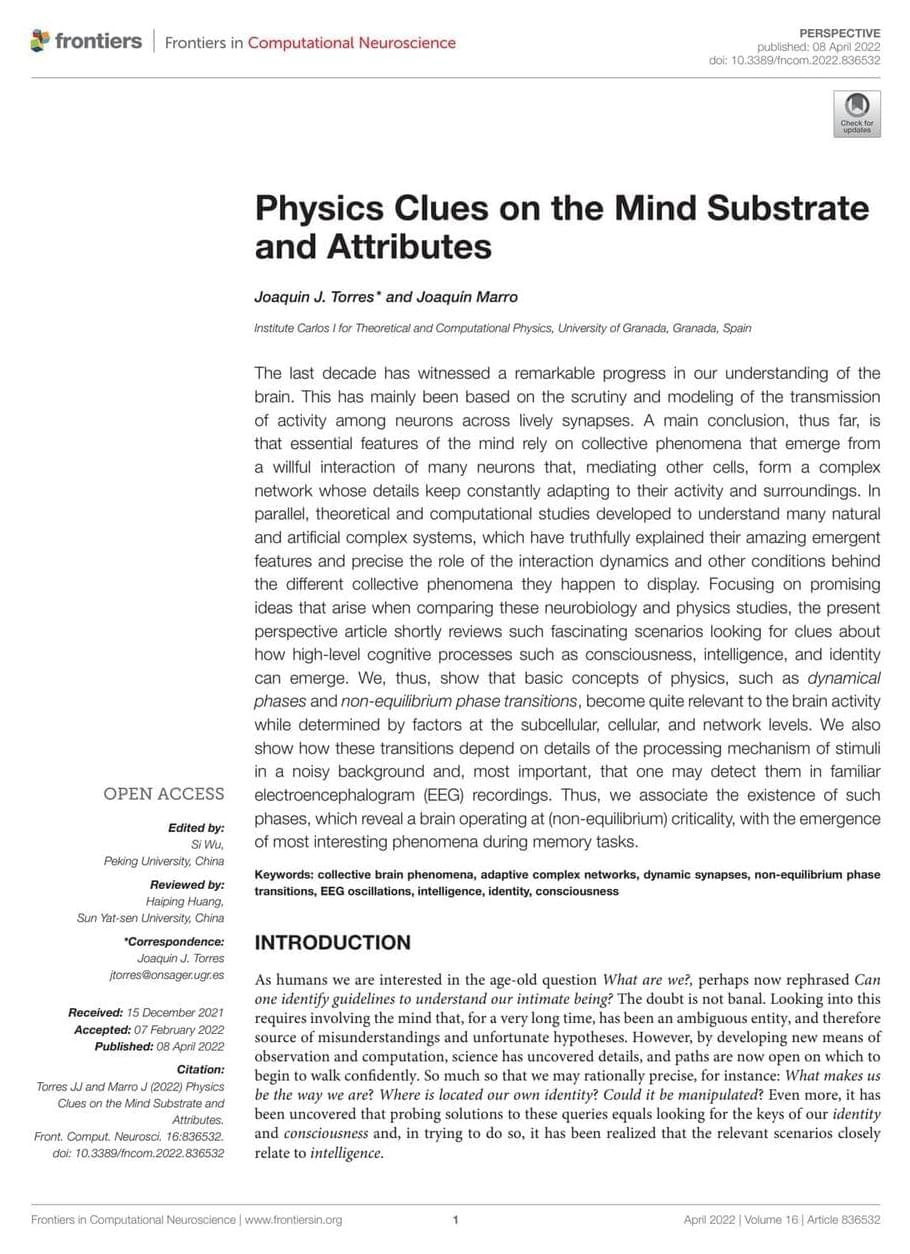
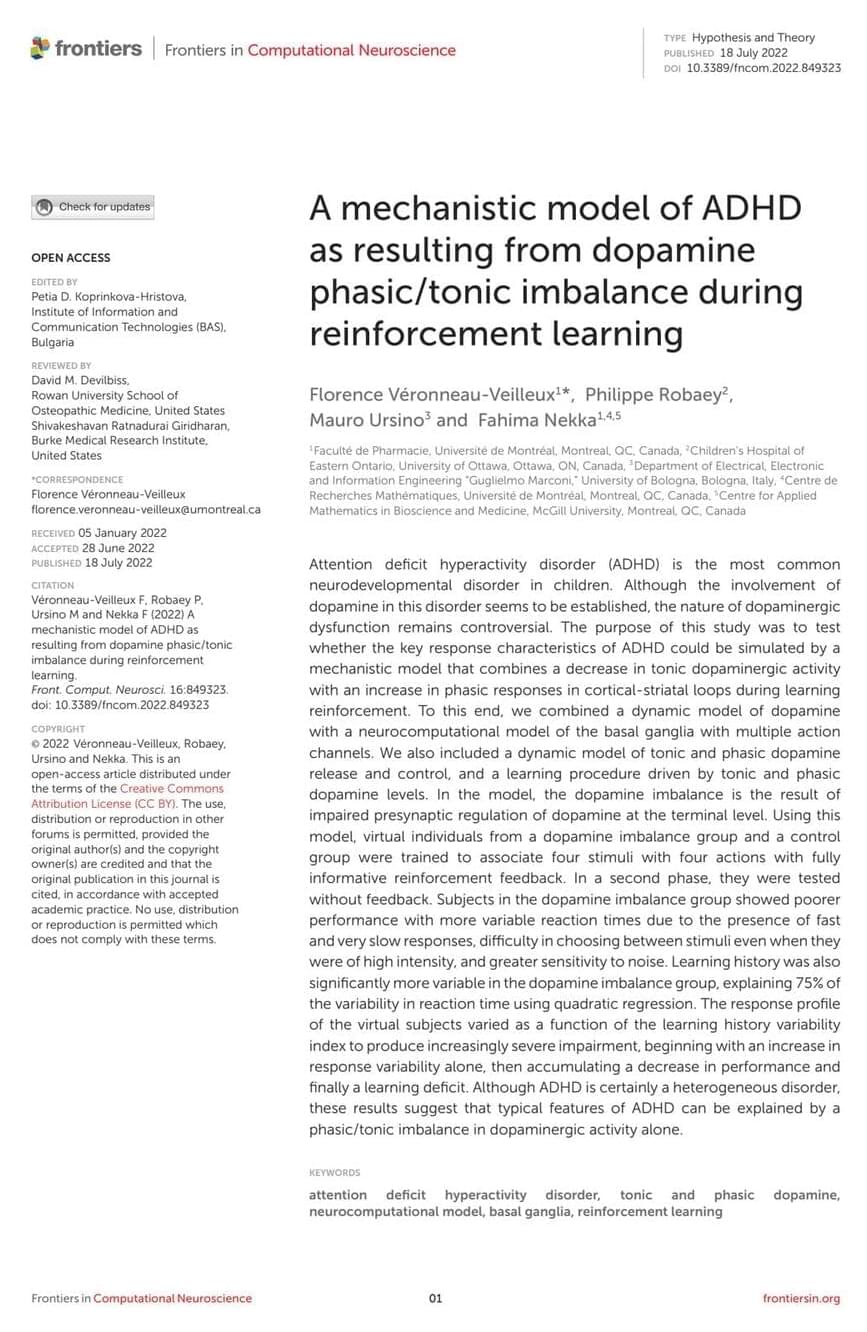
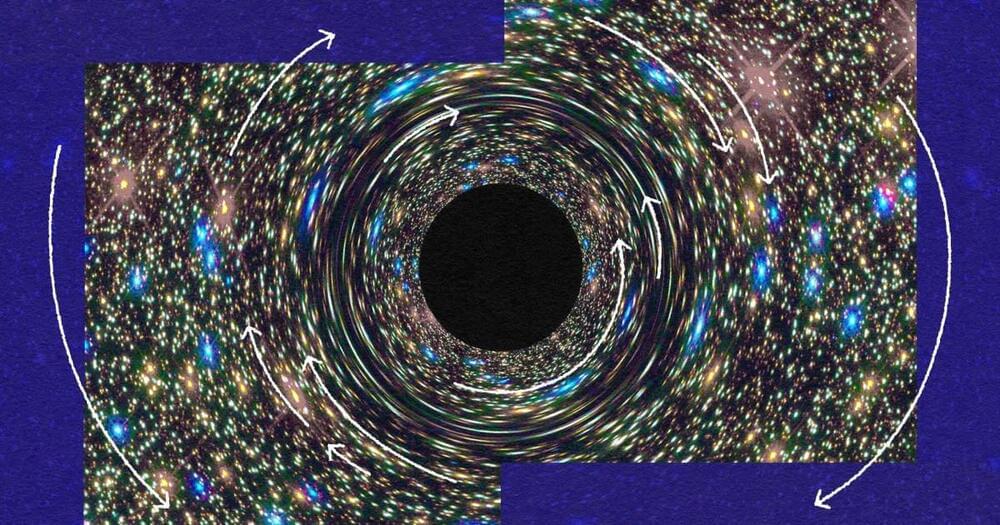
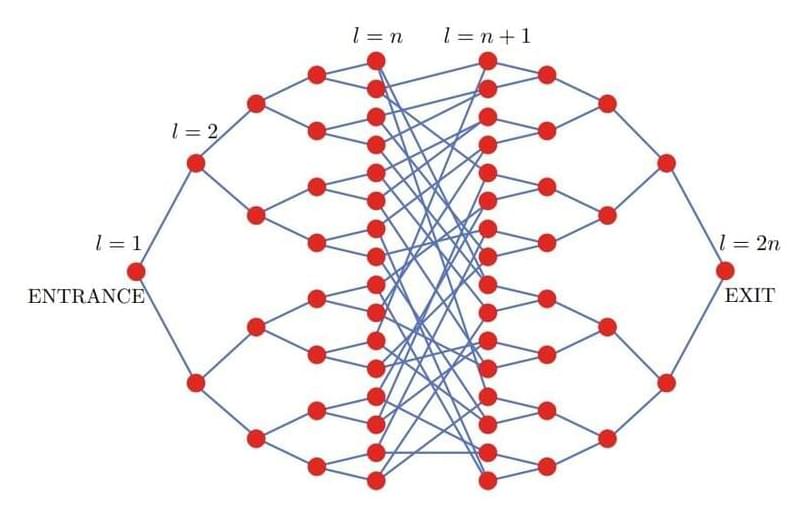
Quantum computers promise to solve some problems exponentially faster than classical computers, but there are only a handful of examples with such a dramatic speedup, such as Shor’s factoring algorithm and quantum simulation. Of those few examples, the majority of them involve simulating physical systems that are inherently quantum mechanical — a natural application for quantum computers. But what about simulating systems that are not inherently quantum? Can quantum computers offer an exponential advantage for this?
In “Exponential quantum speedup in simulating coupled classical oscillators”, published in Physical Review X (PRX) and presented at the Symposium on Foundations of Computer Science (FOCS 2023), we report on the discovery of a new quantum algorithm that offers an exponential advantage for simulating coupled classical harmonic oscillators. These are some of the most fundamental, ubiquitous systems in nature and can describe the physics of countless natural systems, from electrical circuits to molecular vibrations to the mechanics of bridges. In collaboration with Dominic Berry of Macquarie University and Nathan Wiebe of the University of Toronto, we found a mapping that can transform any system involving coupled oscillators into a problem describing the time evolution of a quantum system. Given certain constraints, this problem can be solved with a quantum computer exponentially faster than it can with a classical computer.
ISAAC YOUNG
A century-long problem solved?
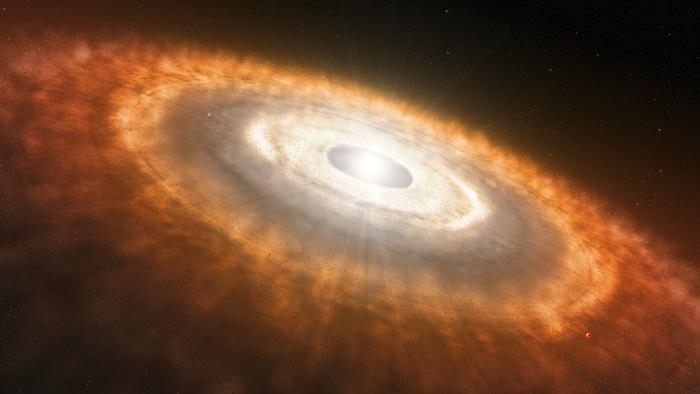
Can planets form under extreme conditions, such as high levels of ultraviolet radiation? This is something a recent study published in The Astrophysical Journal Letters hopes to find out as a team of international researchers used data obtained from NASA’s James Webb Space Telescope (JWST) as part of the eXtreme Ultraviolet Environments (XUE) JWST program to study the formation and evolution of young planetary systems. This particular study, known as XUE 1, focuses on the star cluster Pismis 24, with the team identifying some key ingredients for life as we know it.
Artist rendition of a protoplanetary disk where planets are forming around a young star. (Credit: ESO/L. Calçada)
“We find that the inner disk around XUE 1 is remarkably similar to those in nearby star-forming regions,” said Dr. Rens Waters, who is a professor of astrophysics at Radboud University in the Netherlands and a co-author on the study. “We’ve detected water and other molecules like carbon monoxide, carbon dioxide, hydrogen cyanide, and acetylene. However, the emission found was weaker than some models predicted. This might imply a small outer disk radius.”